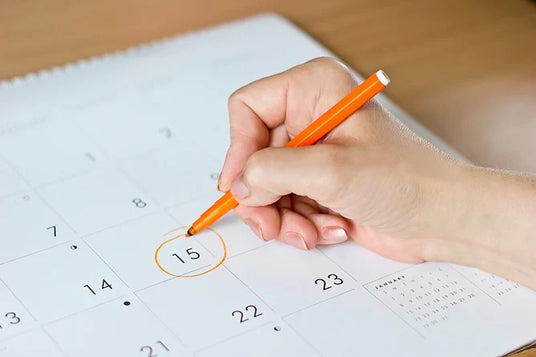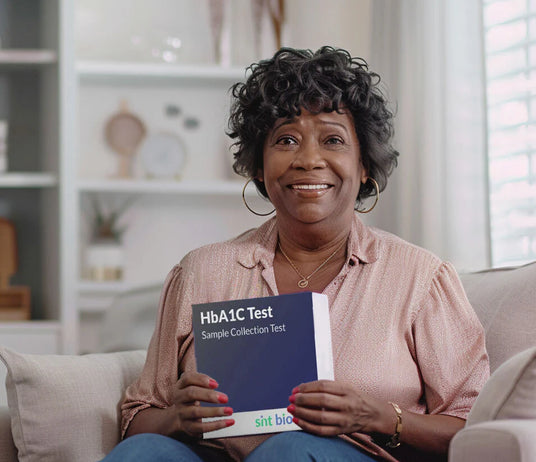
What is an HbA1c Test?
The HbA1c test, also known as the glycated hemoglobin test or A1c test, is a blood test that provides an overview of your average blood sugar levels over the past two to three months. This valuable measure helps healthcare professionals assess how well diabetes is being managed or determine your risk for developing diabetes.
Long-Term Blood Sugar Control
The HbA1c test is crucial for understanding your long-term blood sugar control. Unlike daily blood glucose readings that vary throughout the day, HbA1c gives a more comprehensive picture.
Diabetes Management
For those already diagnosed with diabetes, the HbA1c test helps monitor how effective your treatment plan is and if adjustments are needed to maintain healthy blood sugar levels.
Early Detection
The HbA1c test can identify prediabetes or undiagnosed diabetes early, helping you make lifestyle changes or start treatment before complications arise.
Risk Reduction
By managing blood sugar levels effectively, individuals can reduce the risk of diabetes-related complications such as heart disease, kidney damage, and nerve damage.

How Does the HbA1c Test Work?
The test measures the percentage of hemoglobin in your blood that has glucose attached to it. Since red blood cells typically live for about three months, the test provides an average blood sugar level during this timeframe.

Who Should Take the Test?
- Individuals with diabetes who need regular monitoring
- Those with a family history of diabetes or who are overweight
- Anyone over 45 years of age or those under 45 with high blood pressure, high cholesterol, or other risk factors

Get Tested with Confidence
At SNT Biotech, we are committed to providing convenient and accurate at-home screening solutions. Our HbA1c test kit offers a simple, reliable way to monitor your health and take control of your future. Order today to begin your journey toward better diabetes management.
Sample Collection Instructions

Return Instructions
Dry and package your sample
- Confirm that your details are accurately written on the ID sticker.
- Wrap the absorbent pad around the closed collection tube, place both items in the biohazard bag, and securely seal it.
- Place the sealed biohazard bag inside the return mailer, seal the mailer, and drop it into any U.S. Post Office mailbox.
- Put the sealed sample pouch inside the prepaid return mailer and seal the mailer.
Mail the Sample Promptly
Important: Your blood sample is perishable. Mail it on the same day that you collect it.
Frequently Asked Questions
What is an HbA1c test, and how does it differ from daily blood glucose tests?
What is an HbA1c test, and how does it differ from daily blood glucose tests?
The HbA1c test measures your average blood sugar level over the past two to three months. It reflects the percentage of hemoglobin in your blood that has glucose attached to it. Unlike daily blood glucose tests, which show a snapshot of your blood sugar level at a specific moment, HbA1c provides a more comprehensive view of your long-term blood sugar control.
Why should I use an at-home HbA1c test instead of visiting a clinic?
Why should I use an at-home HbA1c test instead of visiting a clinic?
At-home tests provide convenience and privacy. They allow you to monitor your health from the comfort of your home without scheduling clinic appointments or taking time off work. They're especially useful for those who need to regularly track their blood sugar but prefer not to go to a clinic for each test.
How accurate is an at-home HbA1c test?
How accurate is an at-home HbA1c test?
Our at-home HbA1c test uses advanced laboratory technology to ensure accuracy and reliability. Once you send your sample to the lab, certified professionals analyze it to provide results comparable to those you would receive from a clinic.
How do I collect a blood sample at home?
How do I collect a blood sample at home?
Our test kit includes everything you need for easy blood collection, including a lancet, a collection card, and step-by-step instructions. The process involves a small finger prick to collect a few drops of blood. Once collected, you'll securely mail your sample to our lab for analysis.
How long does it take to receive my results?
How long does it take to receive my results?
After your sample reaches our lab, it typically takes a few days to process. You'll receive an email notification once your results are ready, along with guidance on how to interpret them and what steps to take next.
How frequently should I check my HbA1c levels?
How frequently should I check my HbA1c levels?
Healthcare professionals generally recommend testing every 3-6 months if you have diabetes or prediabetes. For those without diabetes or other risk factors, annual testing may be sufficient. It's best to consult with your healthcare provider for personalized advice.
Can this test diagnose diabetes or prediabetes?
Can this test diagnose diabetes or prediabetes?
While an HbA1c test can indicate elevated blood sugar levels associated with diabetes or prediabetes, it should not be used as the sole diagnostic tool. If your results suggest abnormal blood sugar levels, consult your healthcare provider for further testing and diagnosis.
Do I need to fast before taking the test?
Do I need to fast before taking the test?
No, fasting is not required for the HbA1c test. You can take the test at any time of day, regardless of when you last ate.
What should I do if my results are abnormal?
What should I do if my results are abnormal?
If your results indicate high HbA1c levels, it's essential to consult with your healthcare provider. They can provide guidance on lifestyle changes, treatment plans, or further testing to help manage your blood sugar levels effectively.

